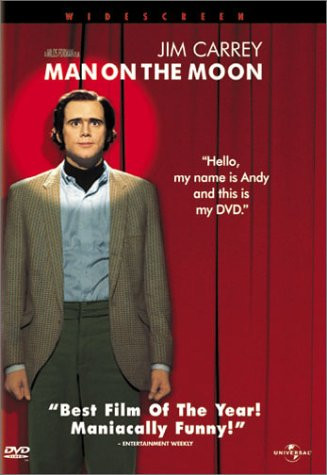

The two men slept that night on the surface of the moon, and at 1:54 p.m. on July 21, both astronauts were back in the lunar module and the hatch was closed. flag, ran a few simple scientific tests, and spoke with President Richard M. “Buzz” Aldrin joined him on the moon’s surface at 11:11 p.m., and together they took photographs of the terrain, planted a U.S. Armstrong immediately radioed to Mission Control in Houston, Texas, a famous message: “The Eagle has landed.”

the craft touched down on the southwestern edge of the Sea of Tranquility. Two hours later, the Eagle began its descent to the lunar surface, and at 4:18 p.m. The next day, at 1:46 p.m., the lunar module Eagle, manned by Armstrong and Aldrin, separated from the command module, where Collins remained. After traveling 240,000 miles in 76 hours, Apollo 11 entered into a lunar orbit on July 19.

Armstrong, a 38-year-old research pilot, was the commander of the mission. on July 16, with the world watching, Apollo 11 took off from Kennedy Space Center with astronauts Neil Armstrong, Edwin Aldrin Jr., and Michael Collins aboard. READ MORE: Apollo 11 Moon Landing Timeline: From Liftoff to SplashdownĪt 9:32 a.m. Then in May, the three astronauts of Apollo 10 took the first complete Apollo spacecraft in 31 orbits around the moon in a dry run for the scheduled July landing mission. In December of the same year, Apollo 8 took three astronauts to the far side of the moon and orbited it 10 times before returning, and in March 1969 Apollo 9 tested the lunar module for the first time while in Earth orbit. Despite the setback, NASA and its thousands of employees forged ahead, and in October 1968, Apollo 7, the first manned Apollo mission, orbited Earth and successfully tested many of the sophisticated systems needed to conduct a moon journey and landing.


 0 kommentar(er)
0 kommentar(er)
